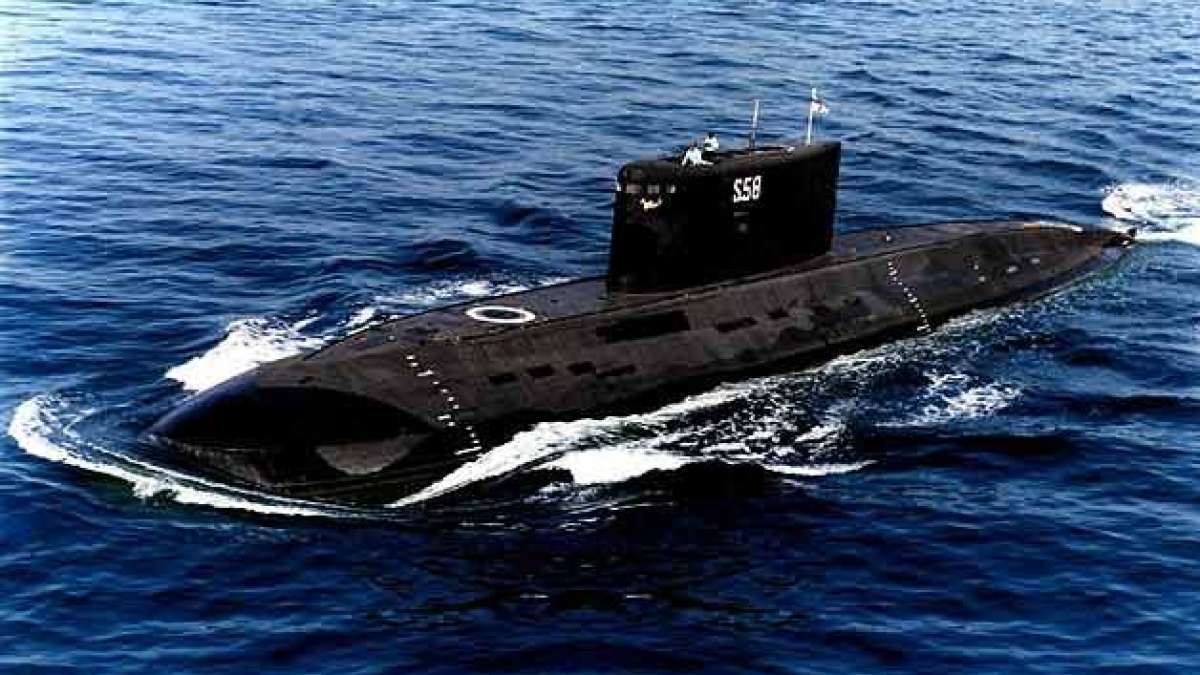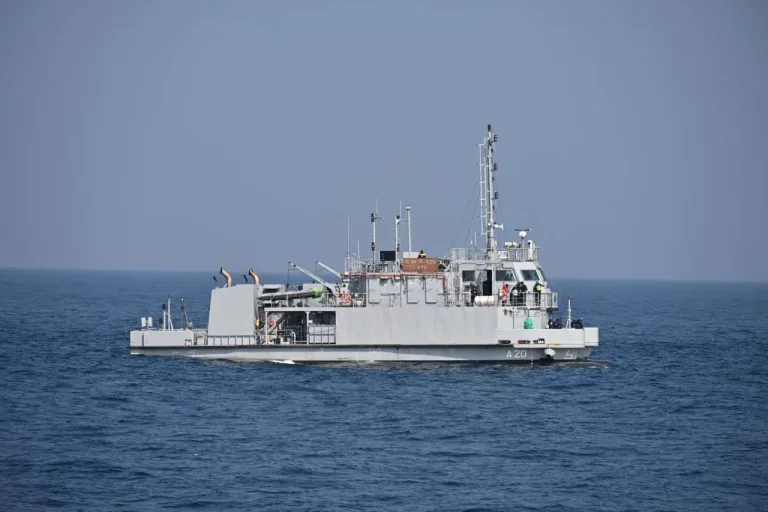The Indian Navy is set to retire the INS Sindhughosh, marking the conclusion of an era for the Kilo-class submarines, which played a vital role in enhancing India’s underwater combat capabilities. Commissioned on April 30, 1986, INS Sindhughosh was the lead vessel of the Sindhughosh-class, a variant of the Russian Project 877EKM diesel-electric submarines. This decision signifies a crucial move towards modernizing India’s naval fleet by phasing out older platforms in favor of advanced indigenous submarines.
INS Sindhughosh will be the third Kilo-class submarine to be decommissioned, following the retirement of INS Sindhurakshak in 2017, which was lost due to a tragic explosion in 2013, and INS Sindhudhvaj, decommissioned in July 2022. Over its nearly four-decade-long career, INS Sindhughosh contributed significantly to safeguarding India’s maritime interests through regular patrols and participation in numerous major naval exercises.
Historically, Kilo-class submarines have been instrumental in forming the backbone of the Indian Navy’s underwater strategy, delivering a combination of stealth, endurance, and firepower. Armed with torpedoes, naval mines, and anti-ship missiles, these submarines provided a credible deterrent during the Cold War and beyond. Particularly, INS Sindhughosh epitomized the strategic collaboration between India and the Soviet Union, which facilitated the acquisition of ten submarines from 1986 to 2000.
Although INS Sindhughosh underwent several upgrades—including modern sonar systems and the addition of Klub-S cruise missiles—to extend its operational lifespan, age-related issues, increasing maintenance costs, and the demands of modern naval warfare have limited the effectiveness of the aging Kilo-class fleet. With a typical operational lifespan of around 30 to 35 years, these submarines have either reached or surpassed their expected service period.
The decommissioning of INS Sindhughosh aligns with a larger strategic initiative to replace outdated assets with state-of-the-art platforms. The Navy’s Project 751 plans to introduce six new submarines equipped with air-independent propulsion (AIP) systems, which will enhance their underwater endurance and survivability. Concurrently, India is investing in a fleet of nuclear-powered submarines, including the INS Arihant-class ballistic missile submarines (SSBNs) and upcoming nuclear-powered attack submarines (SSNs) under Project 75 Alpha.
These modern vessels are anticipated to significantly enhance India’s strategic capabilities in the Indo-Pacific region, especially as a counterbalance to China’s growing naval presence. As INS Sindhughosh sails into history, its legacy will serve as a testament to the evolution of India’s submarine fleet and the ongoing transformation of the Indian Navy into a more technologically sophisticated force capable of operating in blue-water scenarios.















